By Scott Thomas Anderson
Is creativity dead in California? As the Hollywood writers come off their months-long strike, some of us who scribble for a living are feeling both a sense of gratitude for the concessions they won against Artificial Intelligence, but also an ongoing disenchantment with what passes for storytelling among these very same scribes.
The Halloween season has brought this paradox home with the release of “Exorcist: The Believer.” The poet Louise Peterkin, who writes beautifully and insightfully about the horror film genre, had warned me not to cross the theater’s threshold to view this spectacle. But I couldn’t stop myself, and I suppose that’s because we can’t fully escape the residue of our pasts. There was a time in my early childhood when I was forced into a fundamentalist, quasi-Pentecostal church environment. Though I’ve abandoned everything those folks tried to distill into my unformed brain, I find this upbringing still lives inside me in subtle and perplexing ways. For example, my friends – and certainly my former wives and girlfriends – would say that I’m subconsciously indentured to the soul-killing ‘Protestant work ethic.’ But it’s even weirder than that: I’m also obsessed with films about demonic possession. I can’t not see them. No matter how sketchy the production looks – no matter how shameless a money grab it’s going to be – I always rush to the cineplex on opening day like a skin-scratching crackhead who cannot resist his next huff.
My only guess is that this is because, as a kid, I dealt with grown adults assuring me that not only were demons real, but they were everywhere in the world. According to them, these demons were probably in my closet at night; they were likely outside my bedroom window after sunset; and they were definitely lurking in the darkened woods if I ventured onto my deck under the moonlight. And the congregants who shared these delusions also had other gems of idiocy to pass down to children, such as warning that demons were in an especially possessing mood on Halloween night, or cautioning that if one threw a Ouija Board into a fire, it would literally scream.
I tend to view these kinds of church elders as engaging in a form of low-level child abuse, simply because they’re taking the one magical element of childhood – pure, unfettered imagination – and weaponizing that against the innocent by filling their heads with dark, contorted guilt-wraiths.
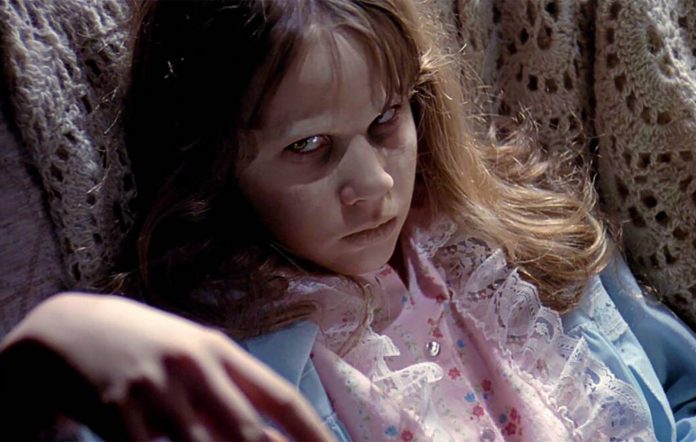
But whether I’m being overly harsh about this or not, here I am, in 2023, still helplessly hooked on movies about Satan’s minions possessing those who never see it coming.
Which brings us to “Exorcist: The Believer.” Now, in fairness to filmmaker David Gordon Green and his writing partner Peter Sattler, ‘The Exorcist’ franchise already had a fairly beshitted history before they jumped in. The 1973 classic, directed by the late William Friedkin and based on William Peter Blatty’s book, is a masterful study of loneliness, isolation, childhood trauma and the disorientation of unexplained torment. It was a film that used demonic possession as a vehicle to explore a dilemma that the biblical scholar Bart Ehrman would later summarize in one of his book titles, “God’s Problem: How the Bible Fails to Answer Our Most Important Question – Why We Suffer.” Some of its most chilling moments involve pondering whether broken people in everyday life have demons speaking through them, or are just the demons of our own consciousness and lack of empathy.
As groundbreaking as the film was, its sloppy 1977 follow-up from writer William Goodhart and director John Boorman, “Exorcist II: The Heretic,” was a foolish and forgettable mess. Yet the series completely redeemed itself in 1990, when William Peter Blatty was allowed to direct “Exorcist III,” which was based on his book, “Legion.” It was game on again: “Exorcist III” is flat-out brilliant, probably one of my favorite psychological horror films of all time. It’s haunting, unnerving, slightly perverse – and totally heartfelt.
However, Blatty’s stellar achievements were later undermined by what followed. In 2004, the studio’s train-wreck attempt to make a new installment from writers William Wisher Jr. and Caleb Carr somehow resulted in two different directors releasing two different movies with essentially the same cast. Those are “Exorcist: The Beginning” and “Dominion: Prequel to The Exorcist.” Both films are appalling.
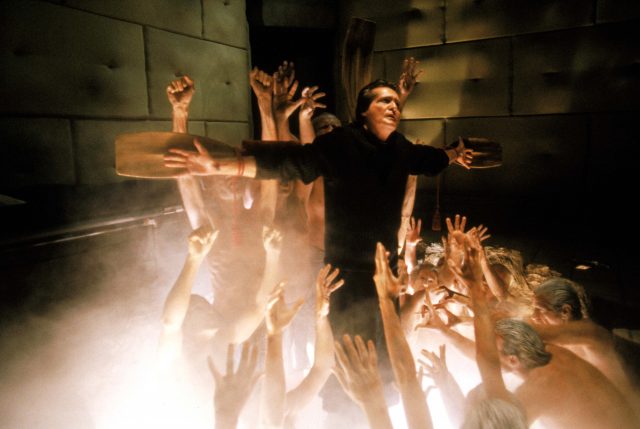
This last production catastrophe seems to have eventually given Green the idea, and the studio’s blessing, to cancel all of the sequels that came after the original film within the canon, hence re-starting a whole new ‘Exorcist’ universe. I was initially excited about the prospect, though Louise Peterkin had already predicted exactly why I shouldn’t be.
“It looks dishearteningly awful,” Peterkin told me. “What I garnered from the very first time I saw the trailer was just how it looked like any other generic modern-day horror flick, with the usual quick-cut editing and jump scares. Genuinely creepy horror movies have unsettling atmospheres that get under your skin and quiet moments of dread … I loved the original, and the third one even more so, and that’s the qualities they had.”
Sure enough, the writing in “Believer” is cheap, lazy and strangely pandering. How do you up the stakes around a young girl’s possession? The answer, for these writers, is simply mathematical – times the possession by two. Now that we have two young girls infested with the Devil’s henchmen, how do the writers propose to draw us into a nuanced narrative arch that reveals something universal about the human struggle? Why, by making one of the possessed girl’s fathers extremely unlikable, and the other’s quietly, almost faultlessly, heroic. Because that’s what life is actually like, right? That’s typically the dynamic at play when shit goes down with a pair of pre-teen girls.
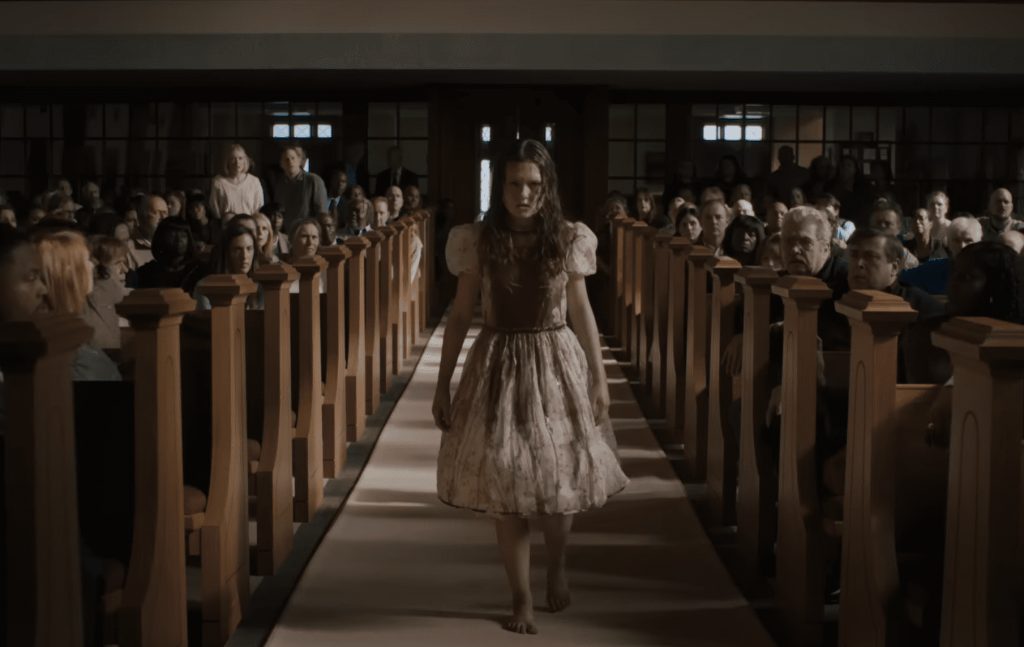
Even more mind-numbing is the writers’ spineless decision to make this an exorcism by committee. Rather than continuing with the tight-rope of tension in “Exorcist I” and “Exorcist III” around whether the Catholic church’s century-old formal rites are enough to overcome the demon’s power, “Believer” turns the confrontation into something of a neighborhood potluck. Sure, a young, pants-pissing Catholic priest is invited to help the victims, but so too is an area Voodoo mistress, the weasel-like Protestant minster on the block, a failed and fallen nun from the hospital, and a few randos from the surrounding houses. What? Were these writers scared of getting angry tweets about their lack of participation trophies on screen? At least they had the good sense to know the local rabbi and imam would be a hard pass on this spiritual circle-jerk.
Probably the biggest crime perpetrated by the script is wasting Ellen Burstyn. One reason the original film works so well involves Burstyn being absolutely convincing as a shocked and mortified mother who is at her wit’s end. In Green and Sattler’s updated telling, her character is now a faux spiritual guru and semi-shameless publicity hound who isn’t above disparaging the two priests who gave their lives to protect her daughter in the original film. But yeah, let’s just sacrifice all of the stakes and emotional resonance of an American film classic made by far more talented people if it allows us to slide in one throw-away joke about the Patriarchy. Seriously, Green and Slatter, you suck. No, really – you suck. By the way, absolutely, you suck. The storyline that these writers concocted for Burstyn’s character is also meant to be stomach-turning, but it just comes off as laughably stupid.
Even the one halfway decent plot twist that was conjured in “Believer,” specifically for Leslie Odom Jr.’s character, proves to be a thematic dead end, as if the writers didn’t know what to do with on the next page.
Films about Demonic possession are supposed to remind us about the randomness of terror in the world and the extreme vulnerability of our lives. A few months ago, the writers of “The Pope’s Exorcist” did a much better job of reaching that bar, even though their effort was undermined by cartoonish fireworks in the final climax. Nevertheless, the writers of that script understood that we’re sometimes confronted by unimaginable, brain-breaking moments in life and it is human nature to at least wonder if the reasons for that suffering have to do with a concept that we’ve chosen to call Evil.
*This is an opinion piece by the Editor of Sacramento News & Review. Scott Thomas Anderson is also the writer and producer of the crime documentary podcast “Trace of the Devastation,” as well as “Drinkers with Writing Problems,” a podcast about travel, culture and libations.
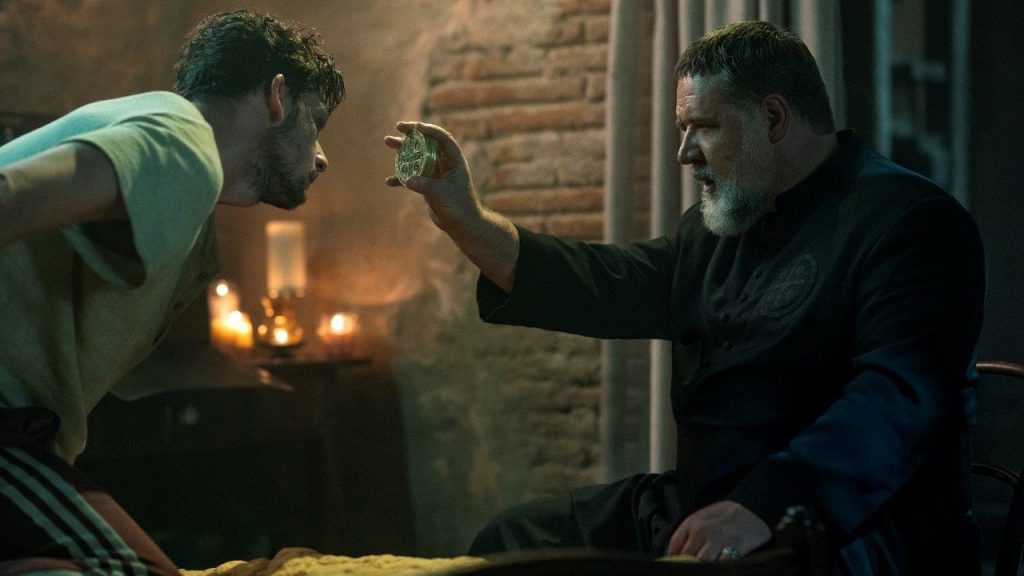

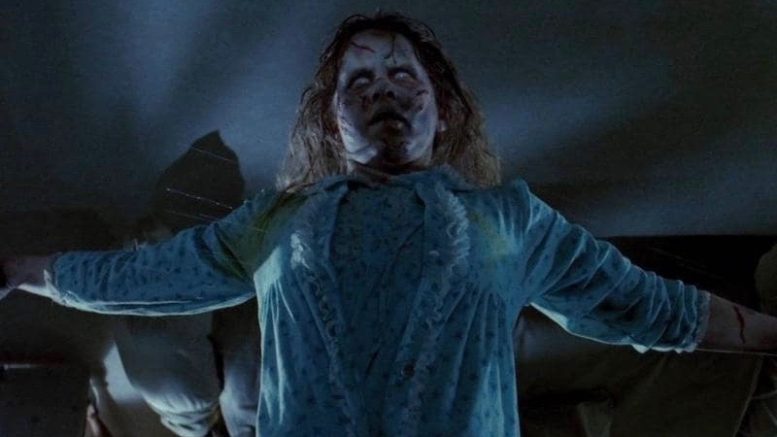
Be the first to comment on "On bad writing and sympathy for the Demon"